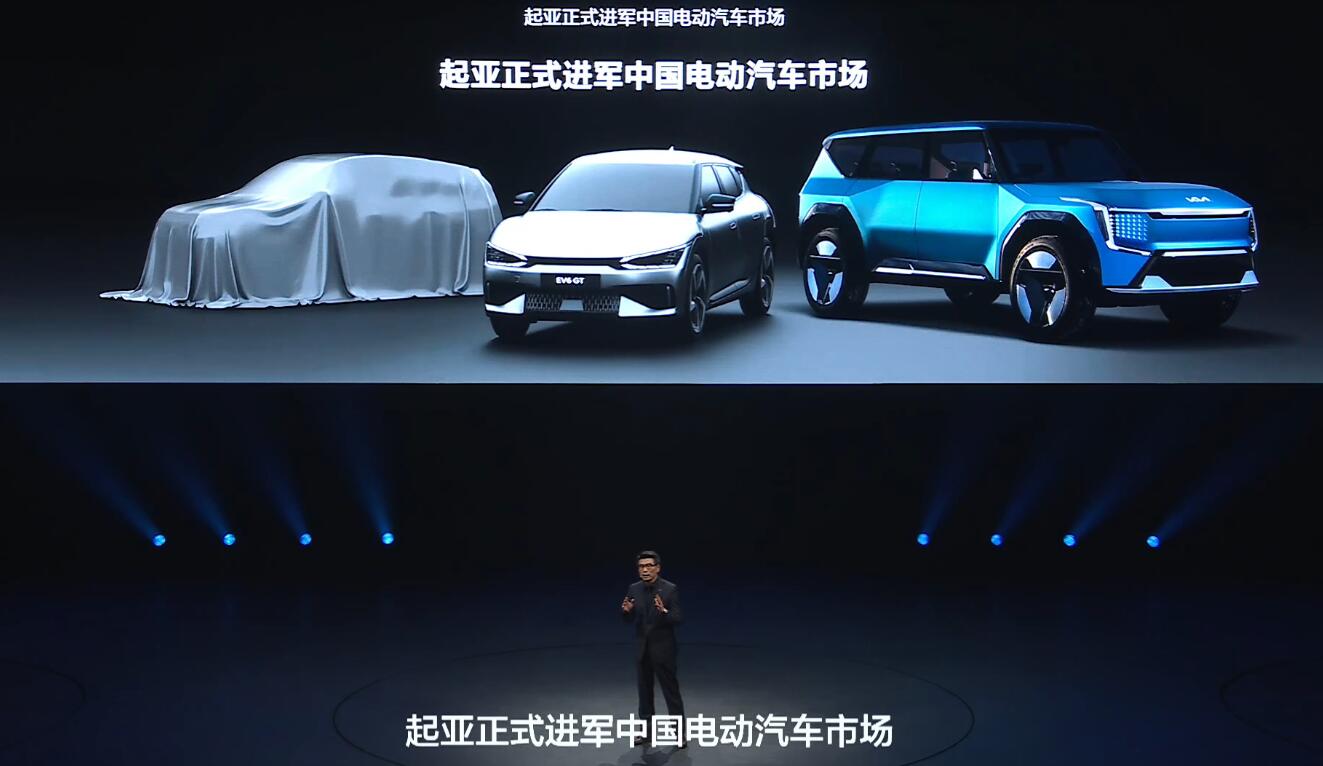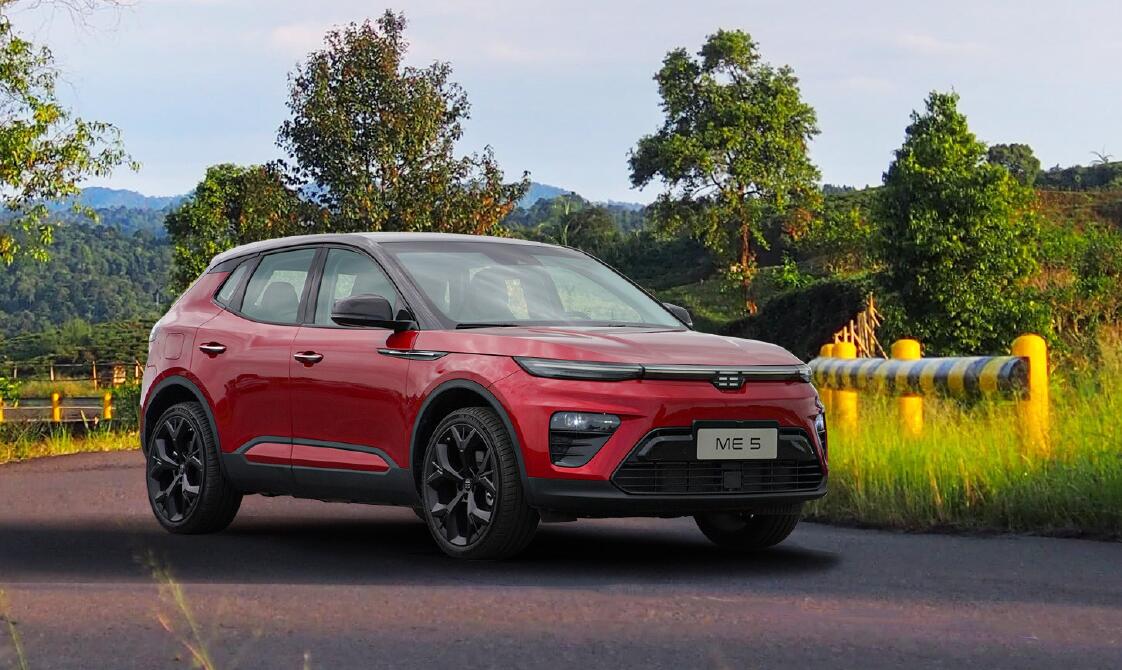The Rising F7 starts at a price range of RMB 209,900 ($30,490) to RMB 301,900, or RMB 145,900 in battery rental mode.

(Image credit: Rising Auto)
SAIC Group's Rising Auto has officially launched the battery swap-enabled mid to large-size sedan, the F7, its second model.
The Rising F7 is available in six versions with a starting price range of RMB 209,900 ($30,490) to RMB 301,900, about half the price of the NIO ET7, according to information announced by Rising Auto at last night's launch event.
The car supports battery swap as NIO's models and allows consumers to purchase the vehicle body and rent a battery.
If consumers choose to purchase the car without the battery, the Rising F7 will start at RMB 145,900.
The car is an all-electric mid to large-size sedan with a length, width and height of 5,000 mm, 19,53 mm and 1,494 mm respectively, and a wheelbase of 3,000 mm.

For comparison, the NIO ET7 measures 5,101 mm in length, 1,987 mm in width and 1,509 mm in height, with a wheelbase of 3,060 mm, and has a starting price of RMB 458,000 including the battery.
The Rising F7 is available in 64-kWh, 77-kWh and 90-kWh battery packs, providing CLTC ranges of 500 km, 576 km, 600 km and 666 km.
The car is available in single-motor rear-wheel drive and dual-motor four-wheel drive versions, with the single-motor model having a peak motor power of 250 kW and a peak torque of 400 Nm and accelerating from 0 to 100 km/h in 5.7 seconds.

The dual-motor model has a maximum total motor power of 400 kW and a peak torque of 700 Nm, accelerating from 0 to 100 km/h in 3.7 seconds.
The car's smart cockpit system, Rising OS, is powered by a Qualcomm Snapdragon 8155 chip and features a 43-inch integrated screen inside the car, including LCD instrument screen, an OLED center console and a passenger seat screen.

Like Rising Auto's first model, the Rising R7 SUV, the Rising F7 also supports battery swap, which can be completed in 2.5 minutes under ideal conditions.
It is worth noting that Rising Auto is in the beginning stages of infrastructure development, with only three battery swap stations in Shanghai and over 50 battery swap stations under construction in 10 cities.
For comparison, as of March 27, NIO had 1,325 battery swap stations in China.
Rising Auto, previously known as R Auto, launched the Rising R7 on September 28, 2022, its first model since rebranding. Deliveries of the model began in October last year.
In early September 2022, SAIC announced that it had joined hands with Sinopec, China National Petroleum Corp (CNPC), CATL and Shanghai Automobile City to form a company specializing in battery swap services.
SAIC said at the time that its Rising Auto, Roewe, MG and Maxus brands would launch battery swap-enabled models.
Rising Auto delivered 1,501 and 1,523 vehicles in November and December, respectively, according to information it previously announced. The company did not announce deliveries this year.
($1 = RMB 6.8851)

The post SAIC's Rising Auto launches battery swap-enabled mid to large-size sedan F7 appeared first on CnEVPost.
For more articles, please visit CnEVPost.















